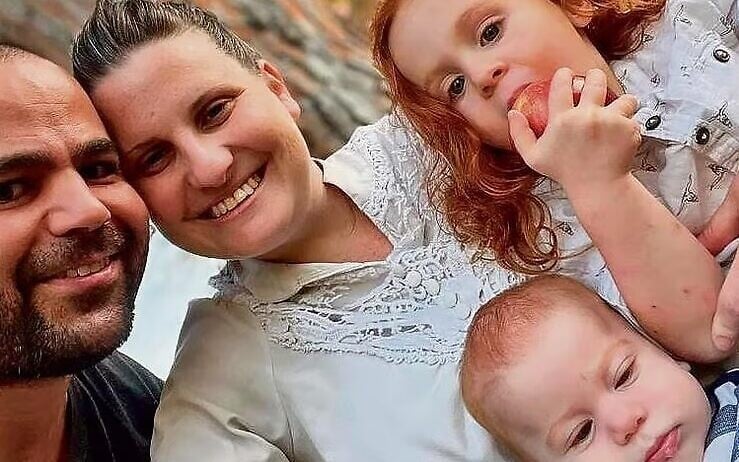
by Elisa Garfagna
Information has always had the power to shape public opinion and influence political decisions. News broadcasts, in particular, play a crucial role in disseminating news, but often their narratives are far from neutral and objective.
One of the most alarming aspects is the disparity in treatment reserved for certain news items, especially regarding international conflicts or issues involving Israel and the Jewish world.
Take, for example, the recent escalation of violence between Israel and Hamas. While Western news outlets tend to focus on Palestinian victims, often portrayed as innocent victims of Israeli oppression, they rarely delve into the reasons that led to the conflict, the responsibilities of Hamas in launching rockets at Israeli civilians, or the use of human shields by the terrorists.
This distorted narrative creates and indeed proposes a misleading depiction of reality, fueling feelings of hatred and resentment towards Israel and the Jewish people.
This type of distorted information is not just a problem of inaccuracy or bias. Often, behind this narrative lurks a creeping antisemitism that depicts Jews as an oppressive people, thirsty for power and money, and Israel as an illegitimate state, guilty of human rights violations and war crimes.
The use of terms like “genocide,” “apartheid,” or “ethnic cleansing” to describe Israel’s actions towards Palestinians is a clear example of how antisemitism can seep into language and the collective imagination through manipulated information.
The Case of the Bibas Children
The Bibas family, residents of Kibbutz Nir Oz, was tragically involved in the events of October 7, 2023, when Shiri Bibas and her two children, Ariel (4 years old) and Kfir (9 months old), were kidnapped by Hamas terrorists. The father, Yarden Bibas, was captured separately and released on February 1, 2025. Unfortunately, on February 20, 2025, Hamas announced the return of the bodies of Shiri and her children, confirming their deaths. The return of the bodies and subsequent investigations revealed horrific brutality: the two children were strangled, and unspeakable atrocities were committed against them to conceal the inhumane act. The mother’s body returned to Israel last night.
The case of the Bibas siblings represents an emblematic example of how media narratives can influence public perception and contribute to creating a double standard in news treatment. The kidnapping and brutal murder of the Bibas children by Hamas during the attack on October 7th caused immeasurable grief for the family and Israeli society. However, the media coverage of this tragic event and the way the news was treated has often been perceived as sterile and distant, lacking the empathy and engagement one would expect in the face of such human tragedy.
In contrast, the narrative surrounding Palestinian children affected by the war is often filled with emotion and compassion, with news reports highlighting the human drama and suffering experienced by Palestinian families. This disparity in media treatment undoubtedly influences public opinions, creating a distorted image of reality, where one side is painted as a victim and the other as an oppressor, without considering the complexity of the situations and the suffering endured by both sides.
The absence of explicit and visible support from Italian politicians for the Bibas family, crushed by grief, adds another layer of double standard. This silence is a lack of solidarity and further testimony to how narratives can be influenced by political and ideological considerations.
The selective and politicized narrative of news only exacerbates divisions, encouraging a polarized view of the Israeli-Palestinian conflict. Those who acquiesce to this kind of manipulation are complicit. Just hours ago in Berlin, near the Holocaust memorial, a man was stabbed. Bias makes one complicit.



